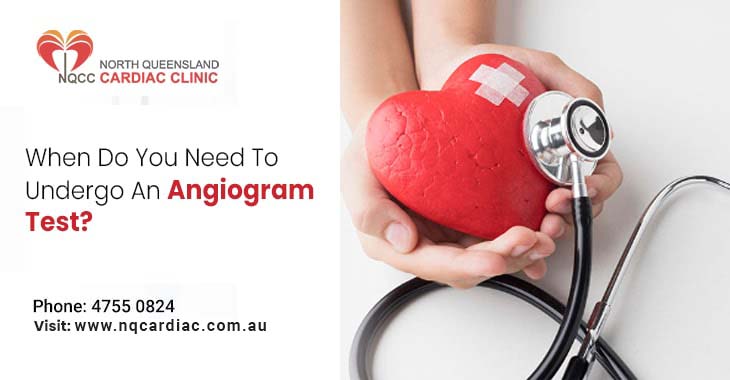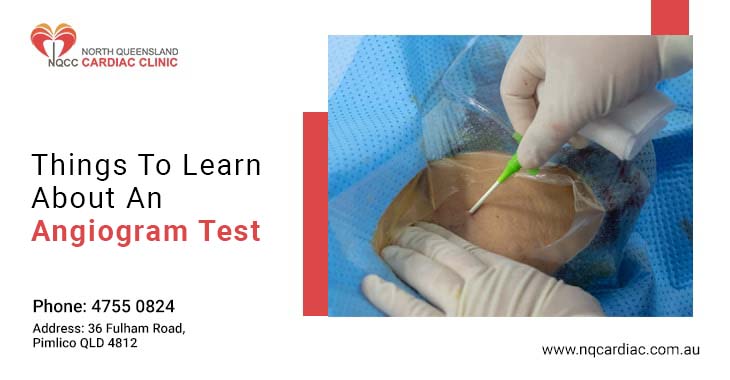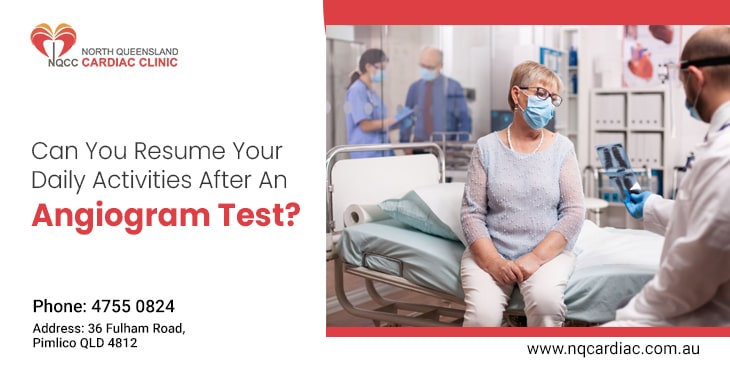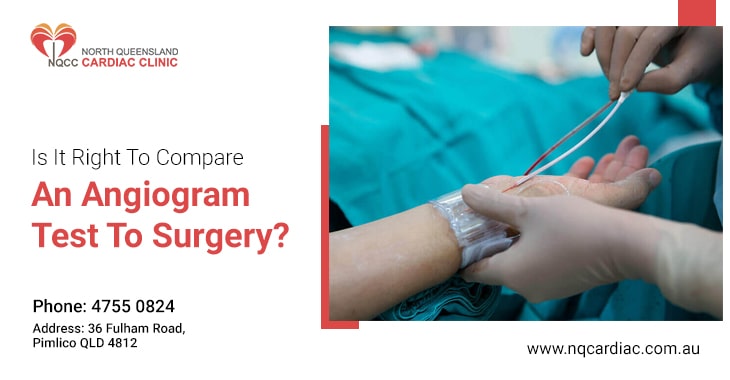In the intricate language of our bodies, our hearts often communicate through subtle sensations, urging us to pay attention. An Angiogram Test is an essential diagnostic tool that helps us interpret this language. But when do you need to undergo this test? North Queensland Cardiac Clinic will answer this question in this blog. Before we start the discussion, you must learn about us. We are a reliable cardiac diagnostic clinic in Pimlico, Australia, offering various tests. If you are looking for the best Angiogram Test Centre Near Me or a Top Angiogram Test Clinic Pimlico, visit us today.
At NQCC, we have expert cardiologists, Dr Dharmesh Anand and Dr Raibhan Yadav and other professionals who can conduct an accurate and safe Angiogram Test. This test will help you to learn many important things about your heart. Contact us for the best cardiac diagnostic tests today.
Now let’s dive into the detailed discussion about the topic:-
- Chest Pain or Discomfort
- Shortness of Breath
- Irregular Heartbeat (Arrhythmia)
- History of Heart Disease
- Post Heart Attack or Surgery
Chest Pain or Discomfort:
There are moments when our chests bear a weight, an ache, or a tightness that calls for our concern. These whispers of discomfort are our heart’s way of reaching out. It is when a compassionate doctor might suggest an angiogram, a procedure designed to investigate potential blockages or narrowings in the vital arteries. It’s like providing a detailed roadmap to navigate the intricate highways of our circulatory system.
Shortness of Breath:
In the dance of life, sometimes even the simplest tasks leave us breathless, as if our heart is sending an urgent message. This sensation could be a sign that the life-giving flow of blood is encountering obstacles. An Angiogram Test acts as an interpreter, helping us decode this message and guiding us towards a clearer path of wellness. It’s like opening the windows to let in fresh air, ensuring our body receives oxygen.
Irregular Heartbeat (Arrhythmia):
Our hearts possess their unique rhythm, a dance that sustains our existence. Yet, sometimes, the steps falter, and irregular beats emerge. It is the heart’s way of requesting attention. An angiogram steps in as the conductor, orchestrating a closer look at the blood vessels, ensuring they are in harmony with the heart’s dance. It’s like fine-tuning a musical instrument to create a perfect symphony.
History of Heart Disease:
Our hearts are not only vessels of life but also carriers of ancestral narratives. If our family history includes chapters of heart-related challenges, it’s a sign to be vigilant. Here, an Angiogram Test emerges not as a verdict but as a guardian, offering insights and an opportunity for proactive care. It’s like preserving the legacy of our heart’s health for generations to come.
Post Heart Attack or Surgery:
After weathering the storm of a heart attack or undergoing the mending hands of surgery, our hearts seek validation. An angiogram provides this reassurance, offering a visual narrative of the vessels ensuring that the road to recovery is well-paved and clear. It’s like providing a gentle pat on the back, assuring our heart that we are there for its healing journey.
Conclusion
Listening to our hearts requires both intuition and the language of science. An Angiogram Test is the bridge that connects these worlds, offering a clearer understanding of what our hearts truly need. It is an act of self-compassion, a way to honour the whispers of health that emanate from within. So, should your heart ever send forth these whispers, know that an angiogram is not just a medical procedure but a gesture of love towards your well-being. If you are looking for a Top Angiogram Test Clinic Pimlico, Australia, reach out to North Queensland Cardiac Clinic today.






Recent Comments